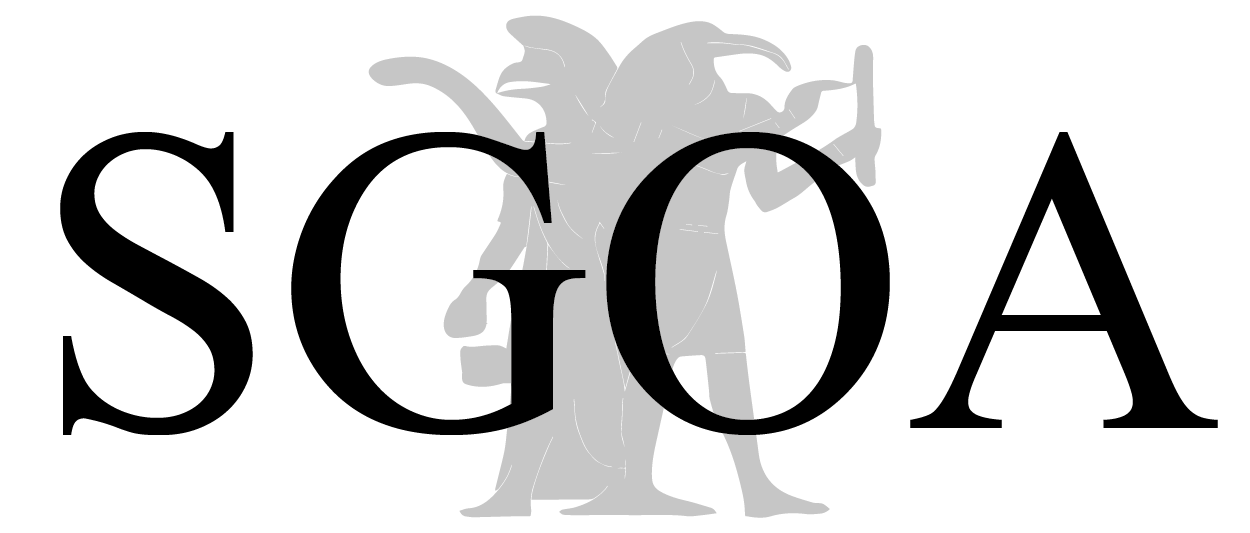6 octobre 2020
In
Publications
Proceedings of the Third International Colloquium of the Dominique Barthélemy Institute, held in Fribourg (October 2015).
The book of Leviticus is by far the most quoted in rabbinic literature such as the Mishna or the Talmud, while it has been marginalized in the Christian tradition. Nevertheless, scholars of both traditions have again become highly interested in it for some decades now. As shown by many recent publications, the book is thoroughly studied for textual, literary, historical and reception aspects.
It has often been said and written that the text of Leviticus is stable in comparison to many other books of the Hebrew Bible, and that its Greek translation is quite literal. Yet, the text of Leviticus continues to raise questions, not only regarding its content and textual witnesses, but also its interpretation, history and reception. The third international colloquium of the Dominique Barthélemy Institute, held in Fribourg in October 2015, aimed to bring together some specialists of the text of Leviticus in order to advance research on its textual witnesses and the aforementioned topics.
The articles collected in this book reflect the width of current research. They deal with the witnesses to the text of Leviticus in the Dead Sea Scrolls, the Masoretic Text, the Samaritan Pentateuch and the Septuagint. They also study the book’s Hebrew editing; its relation to other books such as Joshua, Luke-Acts and Flavius Josephus; and the challenge of its translation, with a case study in French.
Le livre du Lévitique est de loin le plus cité dans la littérature juive, notamment la Mishna ou le Talmud, alors qu’il a été marginalisé dans la tradition chrétienne. Néanmoins, depuis quelques décennies, les chercheurs des deux bords se sont intéressés à ce livre. De nombreuses publications récentes montrent qu’il est étudié dans tous ses aspects textuels, littéraires, historique et dans sa réception.
On a souvent affirmé que le texte du Lévitique est plus stable que celui de beaucoup d’autres livres de la Bible hébraïque, que sa traduction grecque est littérale, etc. Pourtant, ce texte continue de soulever des questions, non seulement en ce qui concerne ses témoins textuels, mais aussi son interprétation, son histoire et sa réception. Tenu à Fribourg en Octobre 2015, le troisième colloque international de l’Institut Dominique Barthélemy entendait rassembler quelques spécialistes du texte du Lévitique pour avancer dans la recherche sur ces différents sujets.
Les études rassemblées dans ce volume reflètent le vaste champ de recherche sur ce livre biblique. Elles touchent à la manière dont le Lévitique apparaît dans les témoins textuels, notamment les manuscrits de la Mer Morte, le Texte Massorétique, le Pentateuque Samaritain et la Septante. Elles abordent également les défis de son édition hébraïque, ses relations avec d’autres livres comme Josué, Luc-Actes et Flavius Josèphe et enfin les enjeux de sa traduction française.
2020, pages XII-278,
ISBN 978-90-429-4344-5
Commande du livre
Peeters Publishers
Download texte intégral
Peeters Publishers
ZORA (Zurich Open Repository and Archive)

